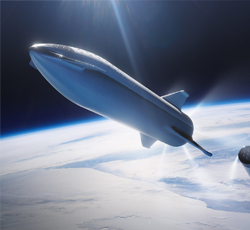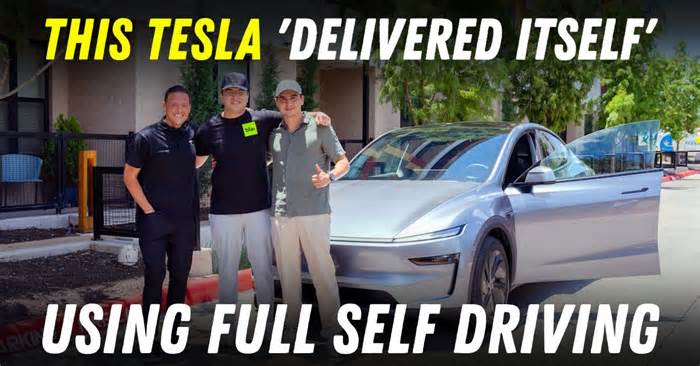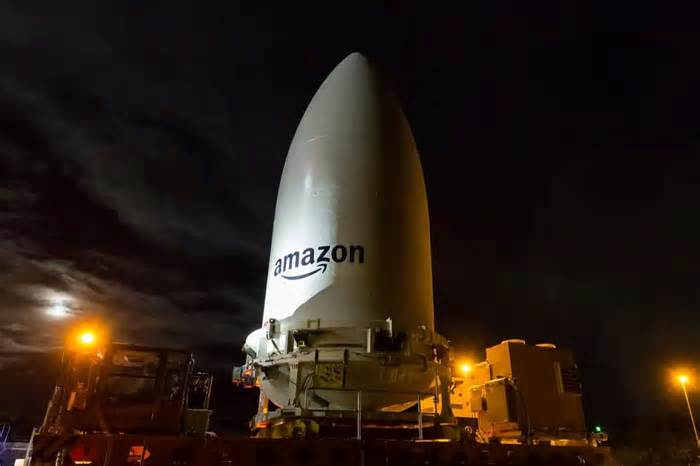
Kepler books SpaceX rideshare for LEO satellites - SpaceNews
- by SpaceNews
- Dec 12, 2019
- 0 Comments
- 0 Likes Flag 0 Of 5

Bottoms declined to say how many satellites Kepler would launch on the SpaceX rideshare missions. However, he said that the SpaceX rideshare and Kepler’s other launch agreements provide enough rides to low Earth orbit for the company’s “Gen-1” constellation of 15 cubesats.
After launching two prototypes in 2018, Kepler’s first service-grade satellites are slated to launch mid next year on a Soyuz rocket booked through Glavkosmos.
The SpaceX rideshares will follow the Soyuz mission later in 2020, Bottoms said.
Kepler plans to scale its so-called Internet of Things (IoT) constellation to reach 140 satellites in 2023, using cubesats to transfer data traffic to and from ships, oil rigs, farm machinery and equipment in various other industries.
Bottoms said the Kepler’s Falcon 9 rideshare contract “roughly aligns” with the $1 million price SpaceX lists for 200 kilograms of rideshare capacity. The contract covers accomodations on two secondary payload adapters currently slated to launch on different missions, Bottoms said.
“SpaceX is honored Kepler chose our Falcon 9 rideshare program to launch a portion of its innovative nanosatellite constellation, which will help close global gaps in internet connectivity,” Gwynne Shotwell, SpaceX’s president and chief operating officer, said in a news release.
Kepler is now considering rideshares for a larger portion of its constellation deployment, he said, but hasn’t eliminated plans to eventually use dedicated small launch vehicles.
“They serve different functions,” Bottoms said of rideshares and dedicated small launchers, “and dedicated is still in our future.”
Kepler, in choosing SpaceX, opted to put aside its frustration about Starlink, the broadband LEO constellation SpaceX began deploying this year by launching the first 120 of a planned 12,000 satellites.
Kepler tightened its orbital plans in response to Starlink, choosing to keep its satellites at 575 kilometers so they avoid collision risks with Starlink satellites located at 550 kilometers. Kepler CEO Mina Mitry said SpaceX’s decision to lower the orbit of some 1,600 planned Starlink satellites was causing “undue hardship” for Kepler, prompting the Canadian company to
consider changing its constellation size
Please first to comment
Related Post
Stay Connected
Tweets by elonmuskTo get the latest tweets please make sure you are logged in on X on this browser.






 Energy
Energy


















